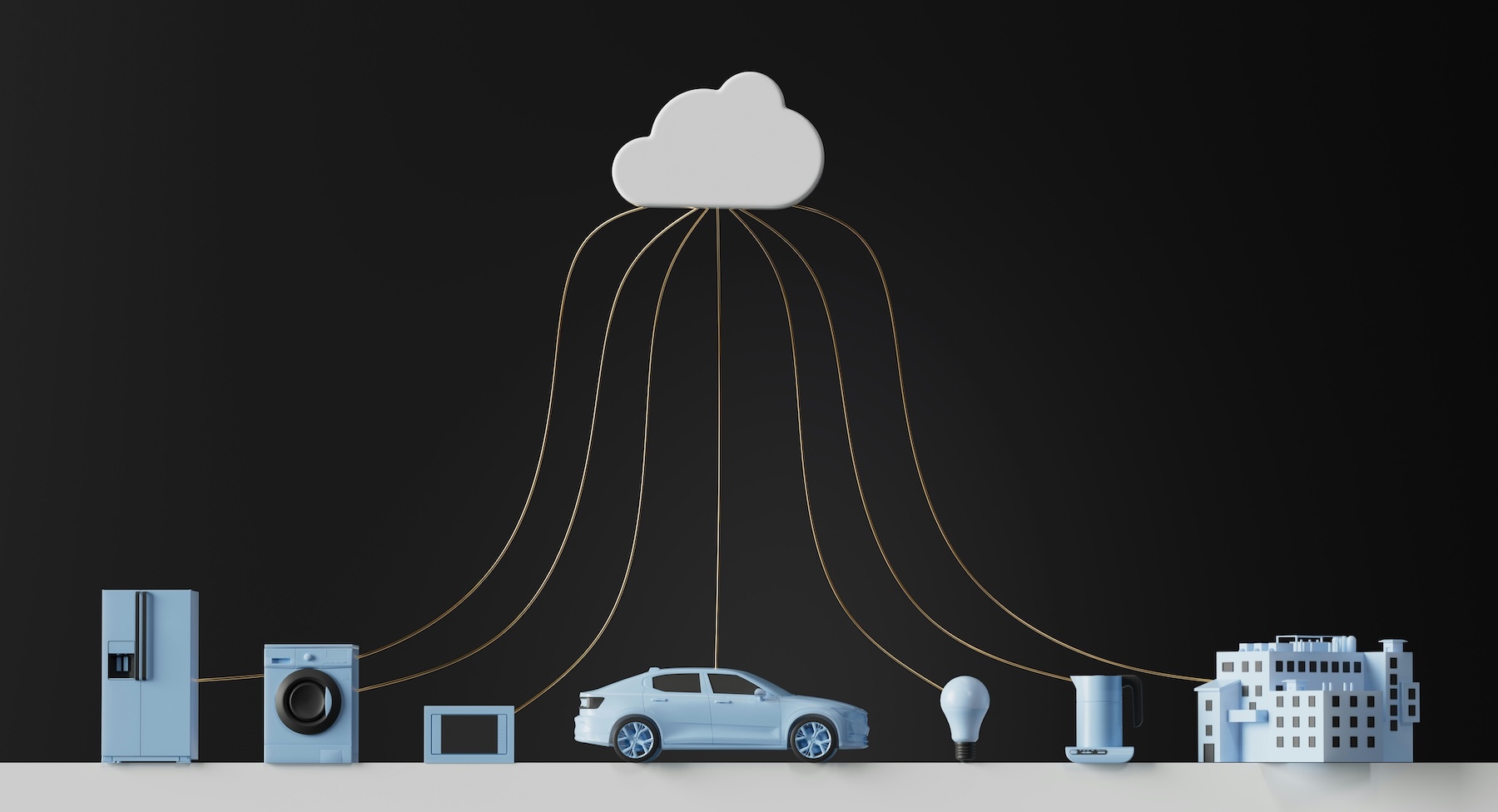What problems does Timeleap solve for developers?
The new Timeleap release today puts us one step closer to the release of our mainnet. We're not far away from a stable v1.0.0 release. In fact, the current release will be marked as a v1.0.0 release candidate once we take it through internal testing and resolve any issues that may arise. Otherwise, the product is feature complete and ready for use.
While we're preparing for the mainnet release, we'd like to let everyone know that Timeleap can be used independent of the mainnet, and it solves many development problems as a standalone product. In this post, we'll go over some of the problems that Timeleap solves for developers, and review what are the the technical use cases for Timeleap.
IoT and Embedded Systems
Small devices like IoT sensors and embedded systems are often limited in computing power and memory. For example, if you're building a smart home system, you may have a Raspberry Pi or an Arduino device that needs to process sound, video, or other data. Depending on the type of data and the process you're running, you may need to offload some of the processing to a more powerful device.
You can use Timeleap to run code on a more powerful device, and then send the results back to the small device. This allows you to run more complex algorithms on the small device without overloading it. For example, you can send image data from a camera to a more powerful device to detect objects in the image, and then send the results back to the small device to take action.
Furthermore, Timeleap can be used to send and receive events between devices, or to trigger actions based on events. For example, you can use Timeleap to send an event when a sensor detects motion, and then trigger an action on another device based on that event. You can also notify your devices of an available update, and then trigger the update process on the devices.

Connect IoT devices and unlock unlimited processing power on small devices with Timeleap
Microservices Architecture
Microservices architecture is a popular way to build scalable and maintainable applications. In a microservices architecture, you break down your application into small, independent services that communicate with each other over a network. Each service is responsible for a specific task, and can be developed, deployed, and scaled independently, using the programming language and framework that best suits the task.
Timeleap can act as a message broker between microservices, allowing them to communicate with each other in a decoupled way. Using Sia schema, you can define the structure of the data that is sent between services, and then use Timeleap to send and receive messages or to call specific functions on other services.
API Gateway
Whether you are making an API Gateway for your own application or selling APIs to other developers, Timeleap can help you build a scalable and secure API Gateway. Using Sia schema you can define a common interface for your APIs, and then you can compile them to client libraries in different programming languages to make it easier for developers to use your APIs.
Furthermore, Timeleap requires Ed25519 signatures for all transactions, which means that you can use Timeleap to verify the authenticity of the requests that are sent to your API Gateway. This helps you prevent unauthorized access to your APIs, and ensures that the requests are coming from the right sources.
Blockchain Technology
Just like embedded devices, smart contracts on blockchain networks are limited in computing power and memory. Timeleap can be used to run code on a more powerful device, and then send the results back to the smart contract. This allows you to run more complex algorithms on the smart contract without making it too expensive to run.
Timeleap can help you source events from a blockchain network, and then trigger actions based on those events. For example, you can use Timeleap to listen for Transfer events on a smart contract, and then trigger an action when a specific address sends tokens to another address. You could also transfer messages cross-chain, for example, from Ethereum to Binance Smart Chain, and use that to make a cross-chain swap or a bridge.

Take your smart contracts to the next level with Timeleap
Event-Driven Architecture
Event-driven architecture is yet-another popular way to build scalable and maintainable applications. An event-driven architecture consists of event producers and event consumers. Event producers generate events, and event consumers listen for events and take action based on them. Events can be used to trigger actions, to notify other services of changes, or to send data between services.
Timeleap messaging protocol can be used to send and receive events between services, or to trigger actions based on events. The ability to broadcast events to multiple consumers, and to filter events based on specific criteria is a built-in feature of the Timeleap client libraries. This allows you to build scalable and maintainable applications that can react to changes in real-time.
Conclusion
While we wait for our mainnet release, we encourage developers to try out Timeleap and see how it can help them solve their development problems. Whether you're building IoT devices, microservices, API Gateways, or blockchain applications, Timeleap can help you build scalable and maintainable applications. We're excited to see what you build with Timeleap, and we're here to help you along the way.

Pouya Eghbali
2025-02-19
Founder & CEO at Timeleap
Timeleap SA.
Pl. de l'Industrie 2, 1180 Rolle, Switzerland

 Home
Home